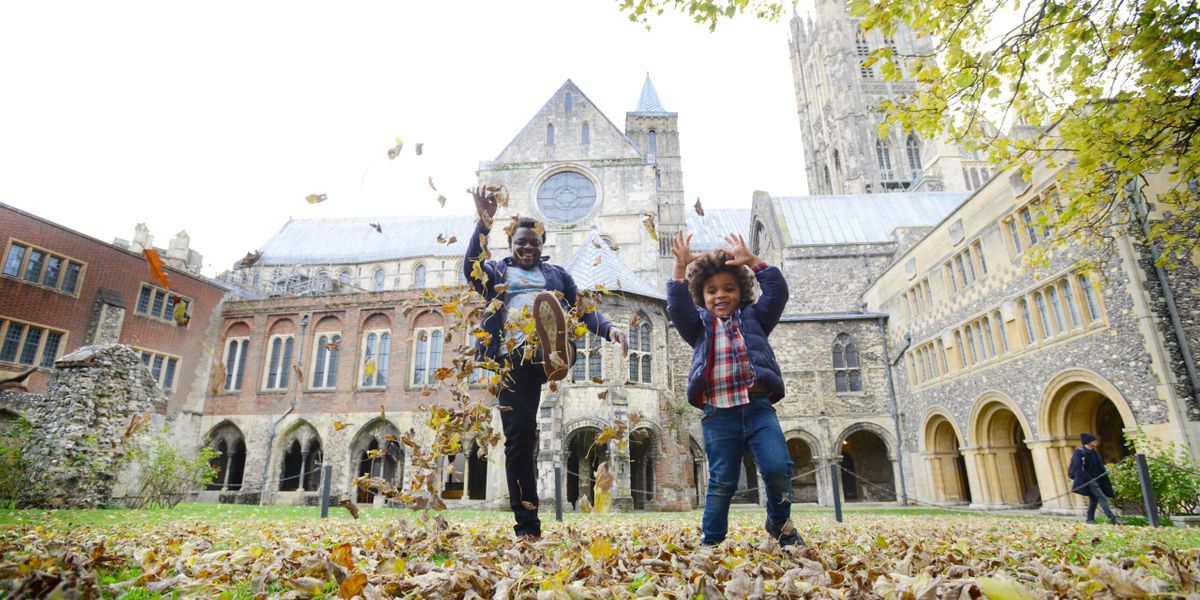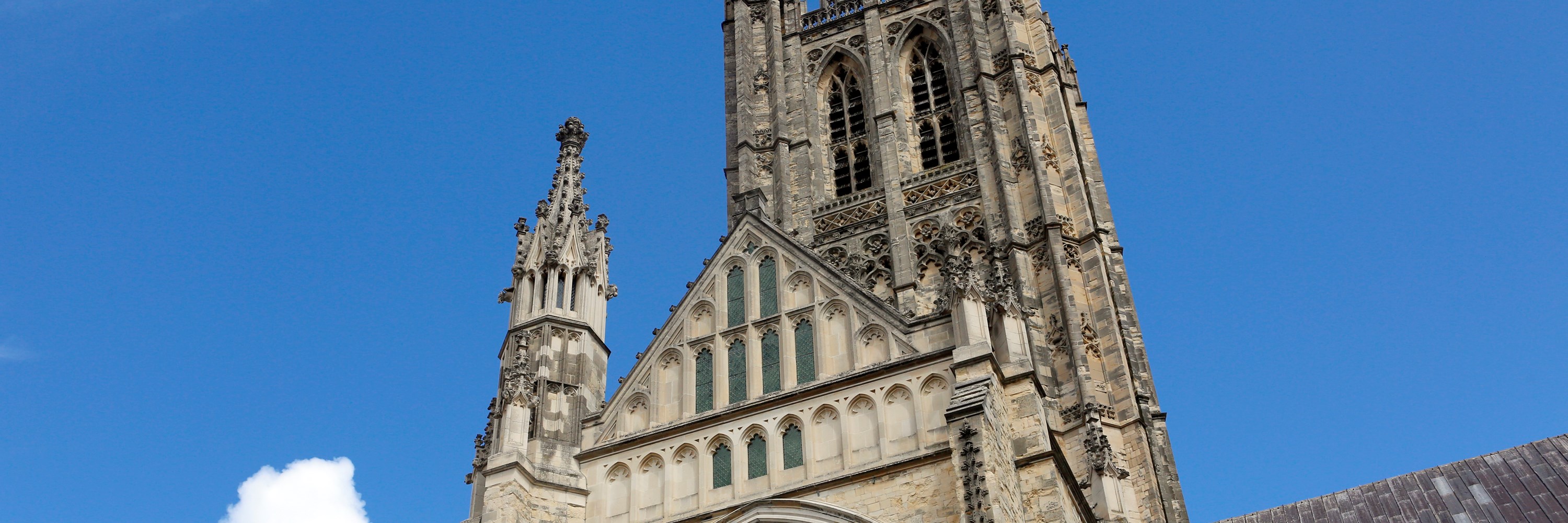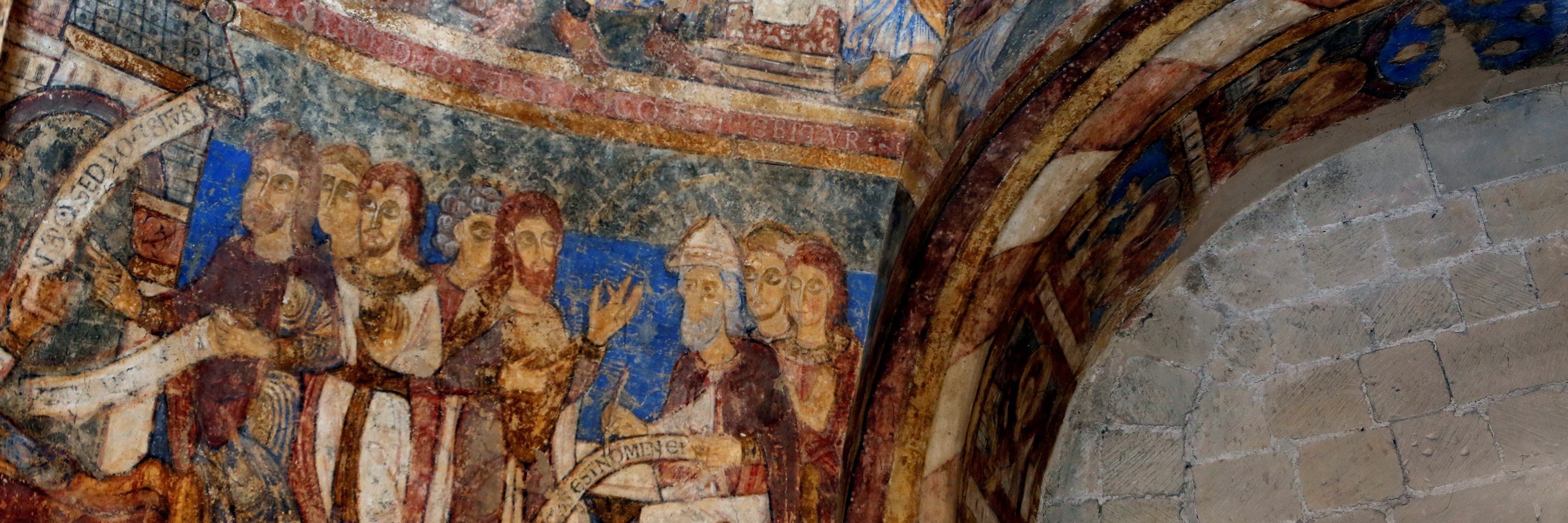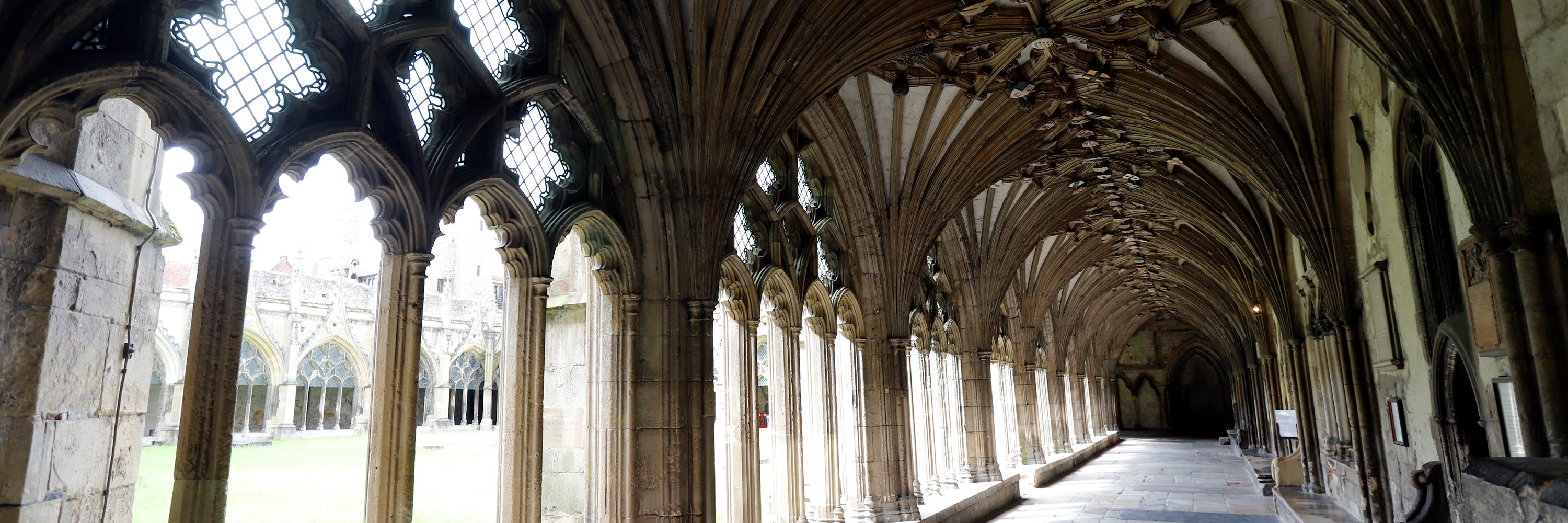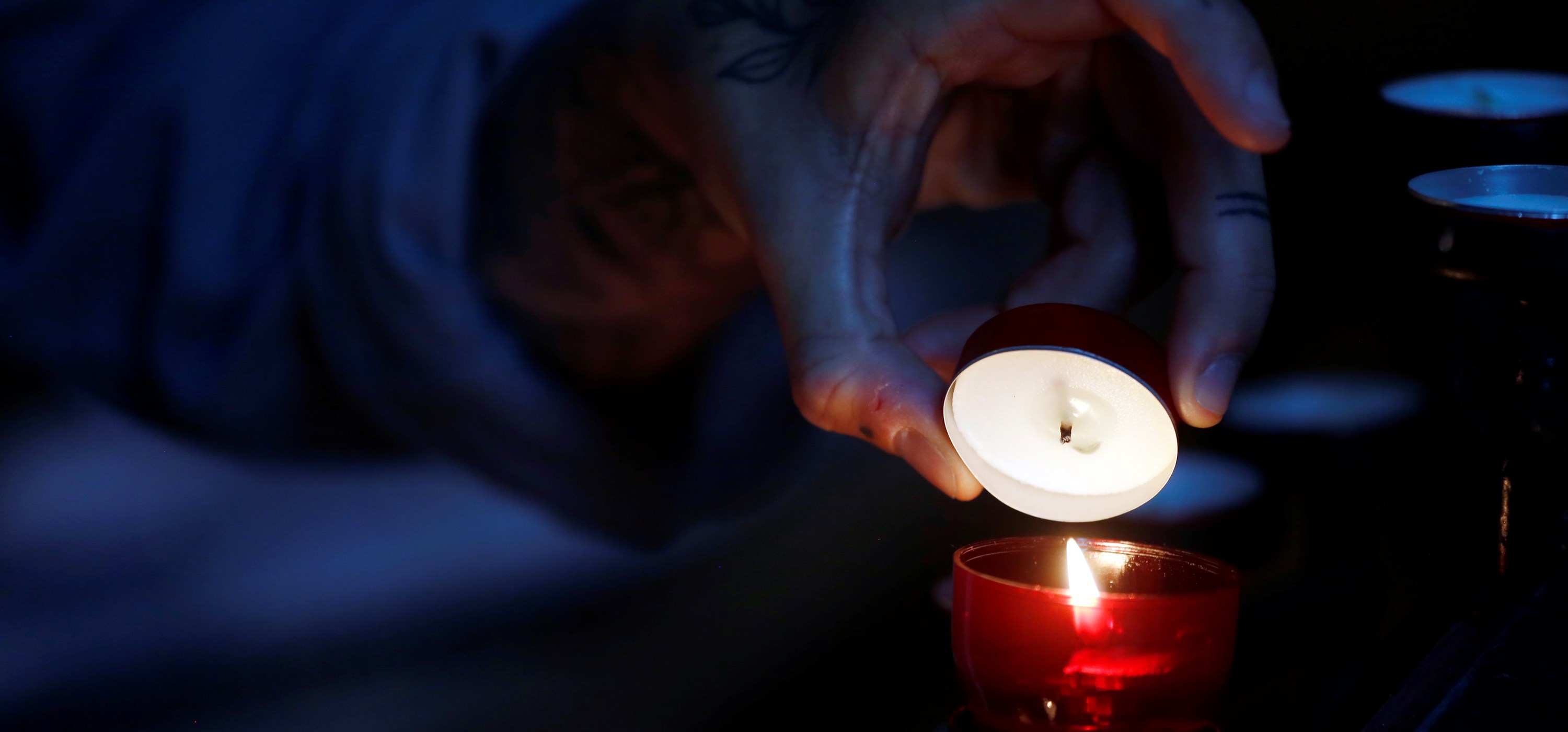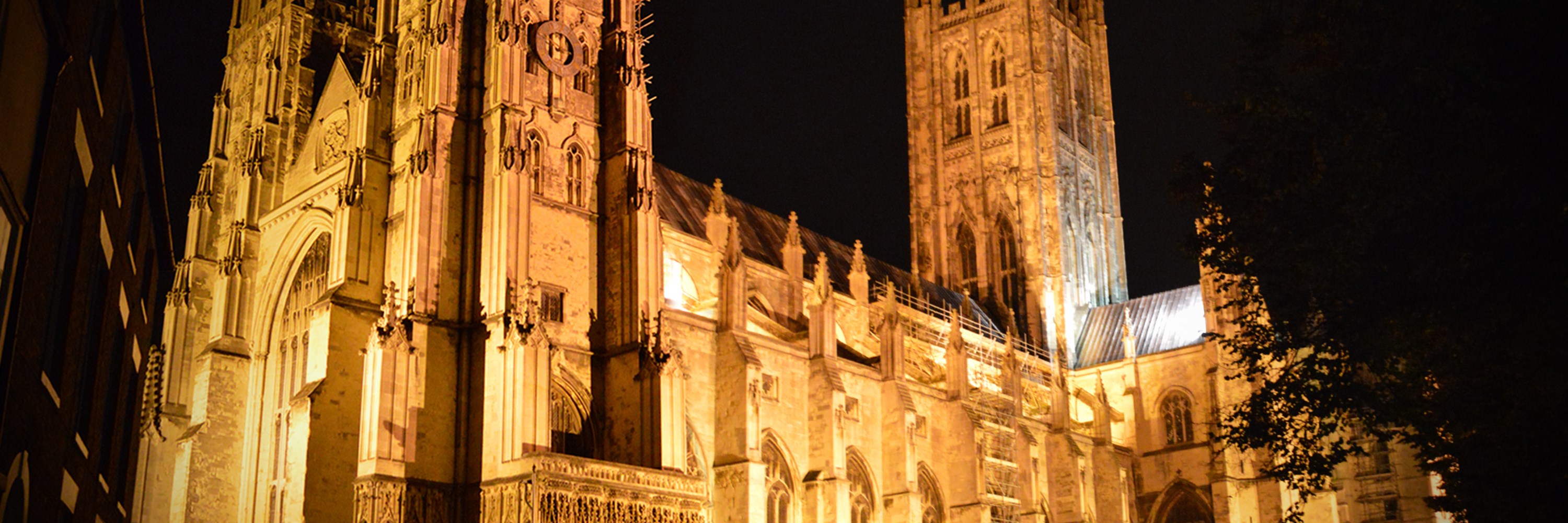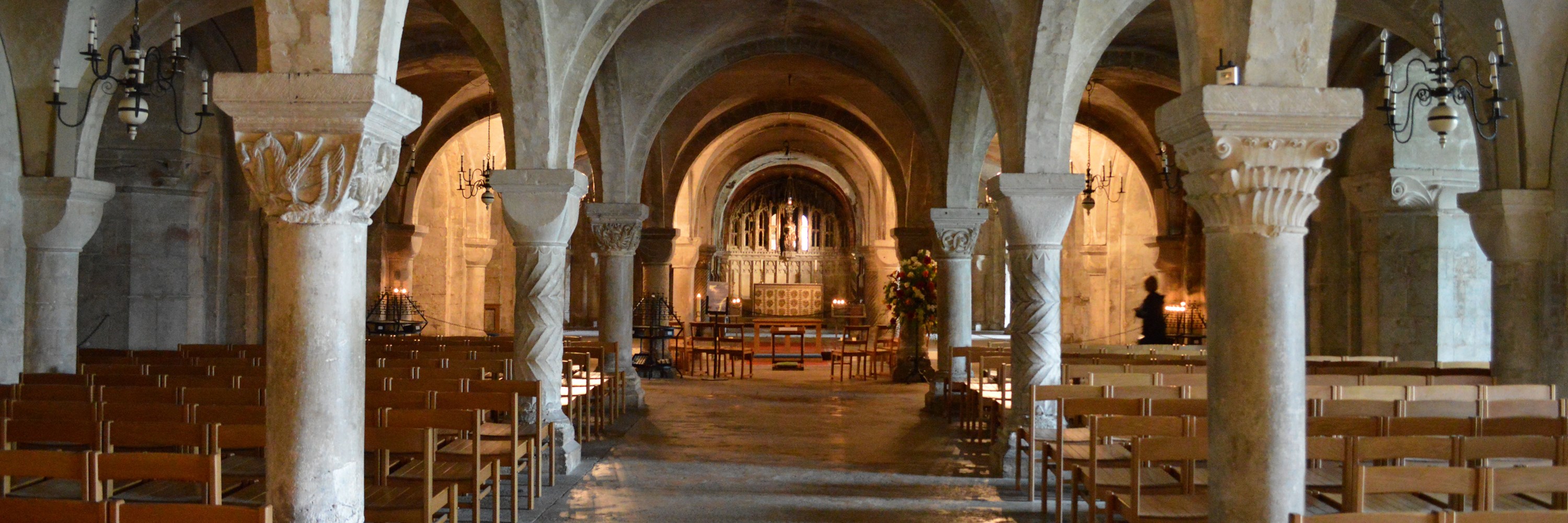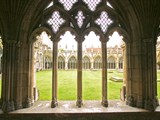Planning a future visit? Remember to check our opening times and upcoming closures.
If you look, of the millions who have visited and worked here, many have left a trace to be seen.
Not just the tombs and memorials, but the markings of builders, staff and visitors. The alterations to architecture show the development of the church, the masons marks show where they laboured, and the markings made by visitors, scratches of ‘medieval graffiti’, give some insight to those that have walked this way before, leaving an anonymous notation in history.
England's First Cathedral
Founded by St Augustine in 597 AD, Canterbury Cathedral is a unique place of worship, a major pilgrimage destination, a masterpiece of art and architecture, and one of the UK's most-visited historic sites.
Often referred to as ‘England in stone', the Cathedral has been at the centre of momentous events and upheavals. It is the Mother Church of the worldwide Anglican Communion, seat of the Archbishop of Canterbury, UNESCO World Heritage Site, and resting place of royalty and saints.
Through the Centuries
| 597 | St Augustine arrived in Kent and soon established the first Cathedral |
| 1070-1077 | Cathedral rebuilt by Archbishop Lanfranc |
| 1098-1130 | New Quire built over a Crypt (present Western Crypt) |
| 1170 |
Thomas Becket murdered in the Cathedral |
| 1175-1184 | Quire rebuilt. Eastern Crypt. Trinity and Corona Chapels added (all as seen today) |
| 1220 | Becket's body placed in new Shrine in Trinity Chapel |
| 1377-1405 | Lanfranc Nave demolished and rebuilt as seen today. Cloister vaulting inserted |
| c1450 | Pulpitum Screen constructed |
| 1498 | Bell Harry Tower extended and the Cathedral largely complete as seen today |
| 1538 | Becket's Shrine destroyed by Henry VIII |
| 1540 | Monastery dissolved by royal command |
| 1541 | New Foundation of Dean and Chapter established |
| 1660-1704 | Repair and refurbishing after Puritan damage |
| 1834 | North West tower rebuilt |
| 1954 | Library rebuilt, repairing War damage |
| 1986 | Altar of the Sword's Point (Martyrdom) restored |
| 1988 |
Compass Rose placed in the Nave |
| 2000 | International Study Centre (Cathedral Lodge) opened in the Precincts |
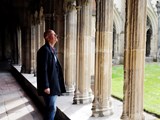
My favourite artefact
By Kevin Keeley
In amongst the grandeur of the Cathedral one simple object draws me, unerringly, to it every time I enter. The tomb of the French Bishop and Cardinal, seemingly abandoned, who was never able to return home, even in death. I always say good morning to him and thank him for not responding. This summer I am going to visit the town of Beauvais where he was their Bishop. How could I not?
Book your tickets
Tickets start from £19.50 or free if you have a Cathedral Pass or Friends Card.
Other concessions available, with a valid proof of eligibility.
Group visits and school visits must be booked separately; KIDS GO FREE offer does not apply to group or school visits.
What history means to me
By Mark Baldwin, local resident
It’s the history. Of the millions who have visited and worked there, still thousands have left a trace to be seen if you look. Not the obvious tombs and memorials, but the markings of builders, staff and even the common people are visible everywhere. The alterations to architecture speak of the development of the church and its history, the masons marks show where those now forgotten people laboured, and the markings made by visitors - scratched ‘medieval graffiti’ give some insight to those that have walked this way before, and left an anonymous notation in time.
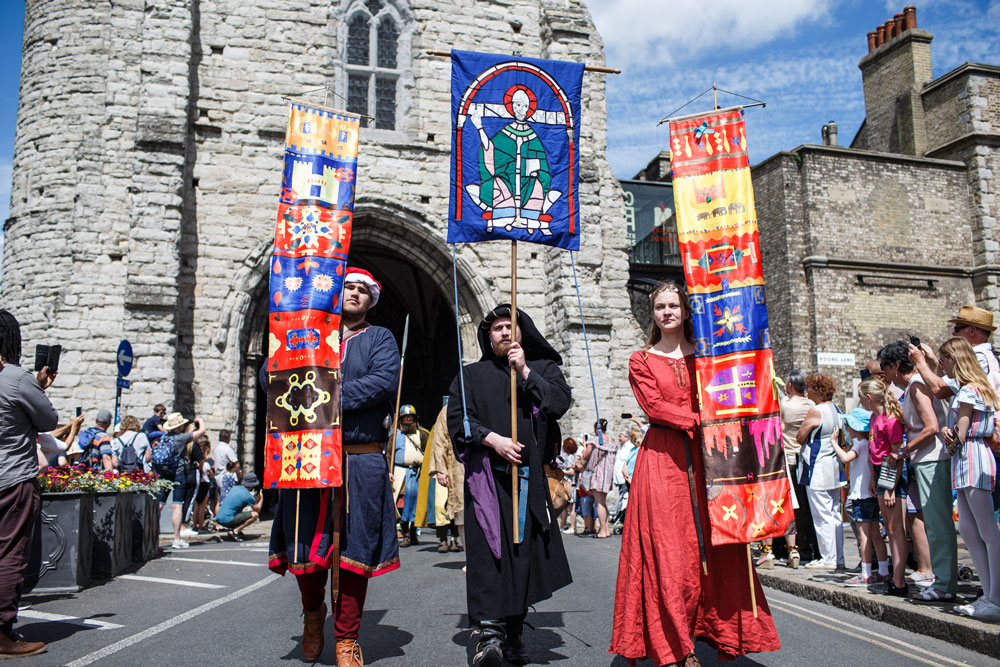
Hear from our visitors...
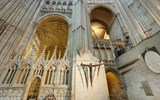
Unique architecture
Emma M
I love the history of the building, and the calming feeling of peace I get when I visit. I love all the quirky carvings, specifically the little cat, the rabbit and the dragons on various tombs. I also think the ironwork is absolutely fabulous - the dragon door handle to the crypt, and the hinges of the door on the north side of the choir.
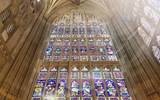
My favourite stained glass
Kate F
These show some of the miracles that were said to have taken place after the murder of Thomas Becket. Many of the pilgrims visiting his tomb would not have been able to read and write, and stained glass windows were meant to depict the glory of God, as well as educate and entertain pilgrims.

History for children
Barnaby L
Children should look out for our fantastical creatures. There is a larger lion's head at the end of an archbishop's tomb to also discover. And the amazing split-tailed mermaid roof boss in the South Cloister pane. There’s even an uninhibited imp, each hand holding the muzzle of a horse – perhaps representing the Horses of the Apocalypse.
What next?
Stay in the loop
Sign up to our newsletter and stay up to date with all the latest events, news and offers
By adding my email I confirm my subscription to the newsletter and understand that the email address provided will be held by the Cathedral and the email service company (dotdigital) to use for distributing this newsletter only. For more information please see the Cathedral Privacy Notice.

